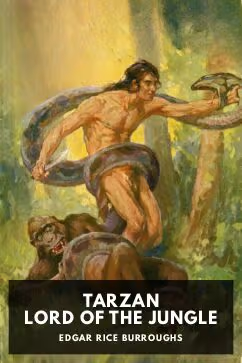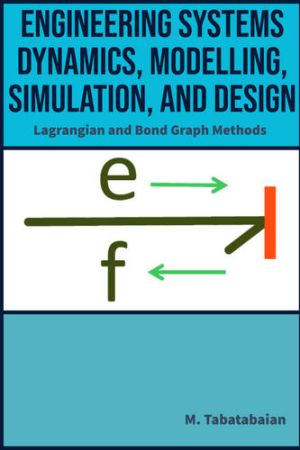Giant Horned Dinosaur Fossils Rediscovered in Egypt, WWII Lost Treasures
Researchers have uncovered long-lost photographs of giant horned dinosaur fossils from Egypt, which were destroyed during a WWII bombing. The fossils, originally discovered in 1914 in the Bahariya Oasis, have now been identified as belonging to a new species, Tameryraptor markgrafi. The newly discovered images revealed key differences from previously classified species, prompting the reclassification. This finding opens new doors for understanding the diversity of dinosaur life in North Africa and highlights the importance of revisiting historical paleontological records to refine our knowledge of prehistoric ecosystems. The fossils were initially lost in a 1944 bombing raid in Germany

Fossil evidence of a massive horned dinosaur has been rediscovered through previously unseen photographs of remains destroyed during World War II. The dinosaur, named Tameryraptor markgrafi, lived approximately 95 million years ago in what is now Egypt. Spanning an estimated length of 33 feet, the species is considered one of the largest known terrestrial predators. The fossils were initially unearthed in 1914 in Egypt's Bahariya Oasis and housed in Germany before being lost in a wartime bombing.
Revelation Through Archived Images
According to the study published in PLOS One, the fossils had been mistakenly classified as belonging to the Carcharodontosaurus group. Newly discovered photographs, stored in the Huene Archive at the University of Tübingen, revealed features such as a prominent horn and an enlarged braincase, differentiating the specimen from others in the group. Maximilian Kellermann, a doctoral student at the Bavarian State Collection for Paleontology and Geology, noted the significant distinctions upon reviewing the photographs. Speaking to Live Science, he expressed initial confusion, followed by excitement as the differences became apparent.
Historical Context and Classification Changes
The fossils were originally categorised by German paleontologist Ernst Stromer, who associated them with specimens from Algeria. Over time, additional Carcharodontosaurus fossils were discovered, with a skull from Morocco becoming the representative specimen for the group. However, comparisons of Stromer's documentation and illustrations with the archived photographs revealed substantial variances, prompting the classification of a new genus and species.
Implications for Dinosaur Diversity
Researchers believe this finding highlights a richer diversity of dinosaur life in North Africa than previously understood. Kellermann suggested further exploration of Stromer's archives could provide new insights into other species from the region, such as Deltadromeus and Spinosaurus, which may also require reclassification. These findings underscore the importance of revisiting historical data to refine knowledge of prehistoric ecosystems.












)

























































